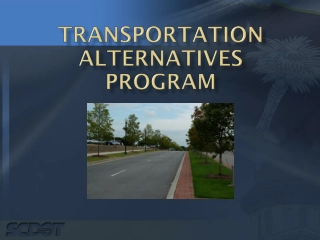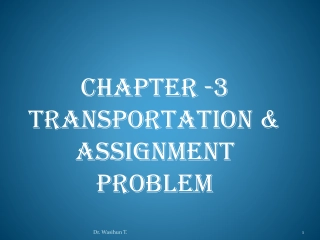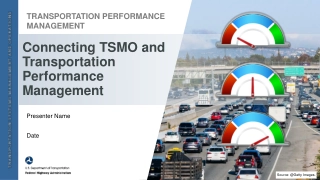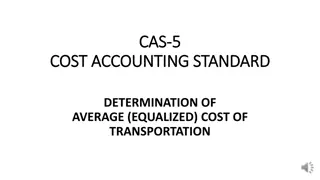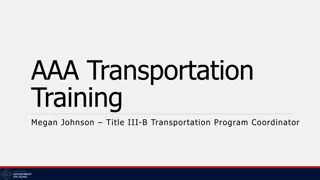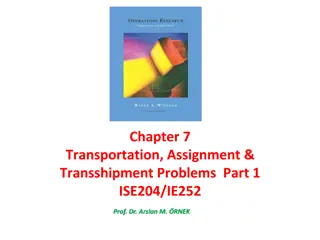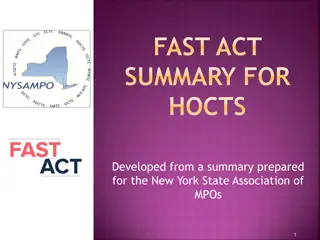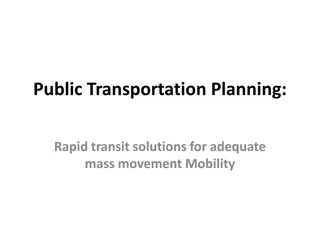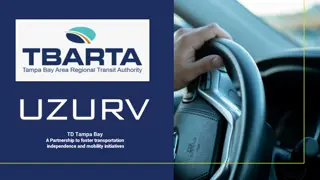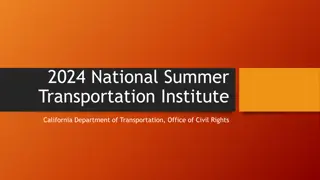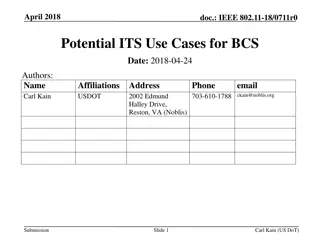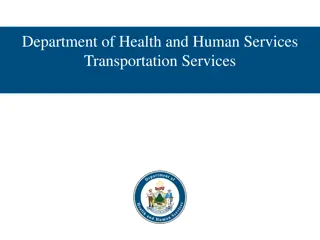Unique Means of Transportation from Around the World
Fascinating collection of unique means of transportation from various countries, including a bamboo train in Cambodia, a barco de totora in Peru, jeepneys in the Philippines, and more. Discover the diverse ways people travel in different parts of the world, from historic hand carts in Japan to modern amphibious buses in the Netherlands. Immerse yourself in the rich cultures and traditions behind these distinctive modes of travel.
Download Presentation

Please find below an Image/Link to download the presentation.
The content on the website is provided AS IS for your information and personal use only. It may not be sold, licensed, or shared on other websites without obtaining consent from the author.If you encounter any issues during the download, it is possible that the publisher has removed the file from their server.
You are allowed to download the files provided on this website for personal or commercial use, subject to the condition that they are used lawfully. All files are the property of their respective owners.
The content on the website is provided AS IS for your information and personal use only. It may not be sold, licensed, or shared on other websites without obtaining consent from the author.
E N D
Presentation Transcript
MEANS OF TRANSPORTATION MEANS OF TRANSPORTATION
Barco de totora (Peru) Barco de totora is a unique boat made of Totora, a type of reed grown in Peru. The boat is mainly used by local fishermen as well as tourists.
Bamboo Train (Cambodia) This makeshift train is made of bamboo and can travel at a speed of up to 40 km per hour. It is powered by an electric motor and is one of the most economical ways to travel around the country
Jeepneys (Philippines) These vehicles are modified versions of US military jeeps that were given away or sold to locals after World War II. Jeepneys have been around since 1950 and have since become the most common and economical means of transportation in the country.
Amfibus (amphibious bus) Netherlands The Amfibus is a versatile transport vehicle that can run on water and on land. It has a capacity of 50 people and is a popular attraction in the Dutch city of Rotterdam
Handcarts (Japan) An integral part of Japan's rich history and culture, these pushcarts, which are propelled by people carrying others, have been used in the country since the 19th century.
Floating Taxis (Thailand) These large and powerful boats ply Bangkok's canal network. Thousands of locals and tourists use them every day to travel around the city.
Wicker sleds (Madeira) The historic city of Monte, although only five kilometers from the coast, was built 1,000 days above sea level. Madeira has a cable car to get around, but for over a century, Monte residents (and now tourists) have been using a strange form of transport to travel to the capital of the coastal province of Funchal. The straw sleds, with baskets. That's where passengers get in and slide downhill, with two drivers using their weight and rubber boots to steer and brake.
Camel bus, Cuba Cuba is known for some unusual vehicles on the road, particularly classic American cars left over from before the days of the revolution. However, the classic mass transport was the camel bus which has recently been retired. Locals used to say that it contained all the elements of an adult film: sex, violence and bad language. These packed trucks have recently been replaced by modern Chinese buses.
Suspension Railway Wuppertal, Germany This train that appears to be hanging is located in Germany. Opened in 1901, it used 19,200 tons of iron and is used by about 85,000 passengers a day.
Bus in China With this prototype bus, the Chinese have found a solution to reduce traffic on the roads. This vehicle passes over cars on the main roads of China to transport its passengers and thus the traffic of cars is greatly reduced.


